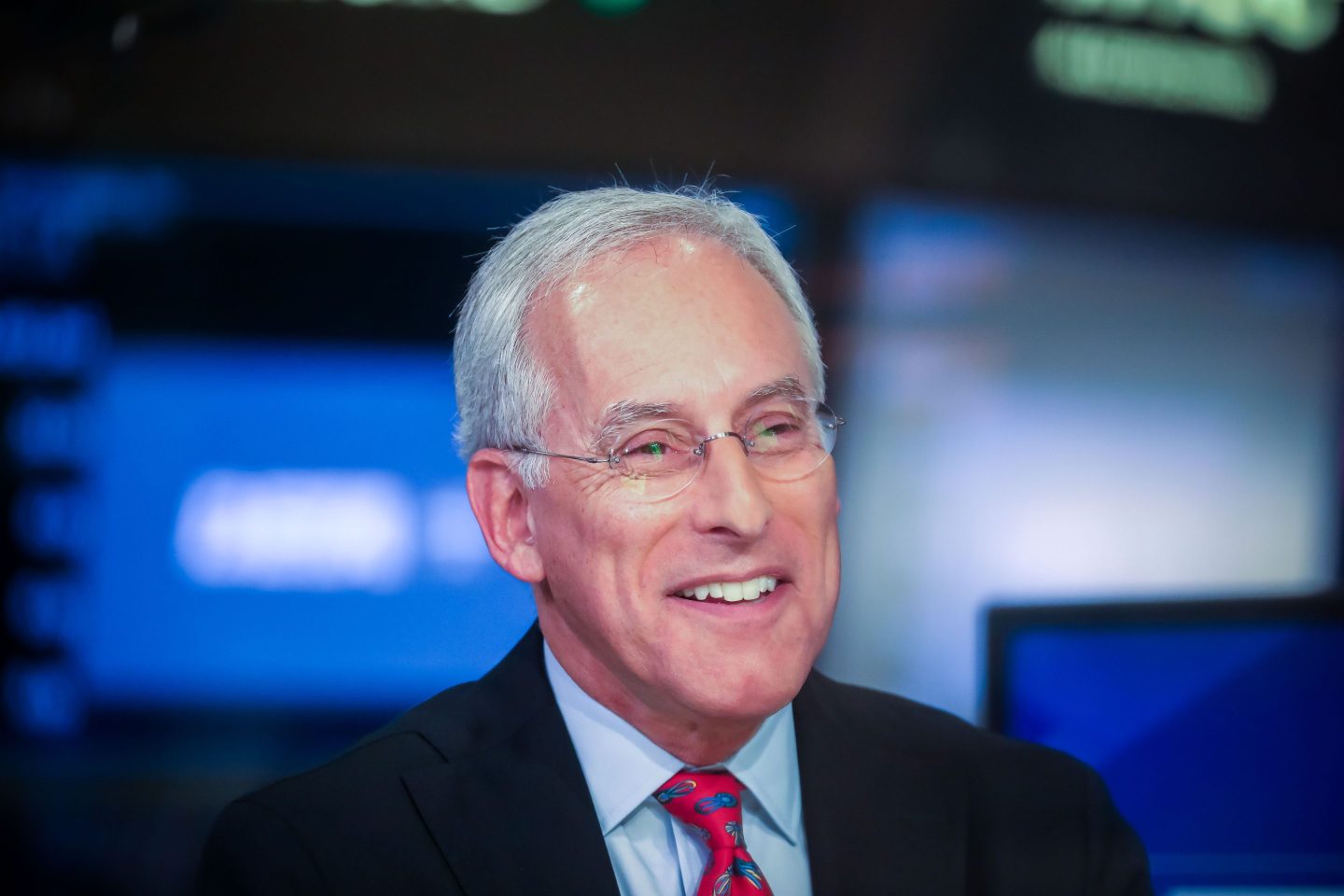Now/Soon/Later. Those are the titles of a trio of gorgeous Stephen Sondheim songs – performed separately, then all at once – from the first act of A Little Night Music (the show known best for giving us Send In The Clowns). I thought of them (and you can listen to them here) as I sat down to write this column. Why? Because when it comes to our money there’s often a great deal that we’re planning to do soon, and all too much that we tell ourselves we’ll do til later, but not nearly enough that we attack now.
That’s the takeaway from two new pieces of research I got my hands on this week.
The first is the fifth annual Wells Fargo Middle-Class Retirement Study. It found that four in 10 middle class Americans between 50 and 59 years old are not currently saving for retirement. Moreover, more than half of the pool of respondents say that they plan to save later for retirement in order to make up for not saving enough now. The trouble with this strategy (or lack thereof) says Joe Ready, Wells Director of Institutional Retirement and Trust, is that the longer you put it off, the more difficult it gets. “Life gets bigger and harder later,” he says. “When you keep delaying, you run into crunch time, aging parents, kids in college, etc.”
Which brings me to the second survey. This one, from the Certified Financial Planner Board of Standards, took a look at the viability of saving for college among today’s parents and found that more than two-thirds haven’t started socking away money for their children’s future education expenses. Why not? Current living expenses are getting in the way – including, surprisingly, the fact that many are still paying off student loans of their own.
What’s troubling about this study is not the fact that these parents have put both their own emergency cushions and retirement funds ahead of saving for college for their kids – that’s exactly as it should be says Jean Keener, a Financial Advisor from Keller, TX – but rather the sort of magical thinking that’s going on behind the scenes.
When asked how they expected to finance their children’s education, 45% said they expect to get merit aid and scholarships; 13% said they expect their children to win athletic scholarships, and 16% said they expect the grandparents to kick in.
“It appears to me that they [are] not being entirely realistic,” says Eleanor Blayney, Consumer Advocate for the CFP Board of Standards. She’s right. According to The National Postsecondary Student Aid Study, only about 8% of undergraduate students receive scholarships each year (they average $3,400) and fewer than 1% receive athletic scholarships (which average $10,200). The prospect of help from grandparents looks better; more than half say they’re either saving or planning to start saving, according to research from Fidelity Investments. The median amount from planning to participate is significant: $25,000. Yet, nearly one-third of parents haven’t even thought about college for their kids yet. Granted, they’re more likely to be in their 20s and 30s than their 40s and 50s, but as someone with one child in college and another on the way, I can attest, it creeps up on you very quickly.
So what to do if you can see yourself in one or both of these pool of survey respondents. Something. Start by trying to save just 2% of what you’re bringing in; put the contributions on auto-pilot to be sure they actually make it into the designated pot. As Keener notes, “Here’s the thing. Someone is reading this and thinking, `It’s too late for me.’ But you don’t have to make these changes all at once. Look at your long-term plan and trim around the edges to start supporting all that you want down the road.”
Arielle O’Shea contributed to this report.












